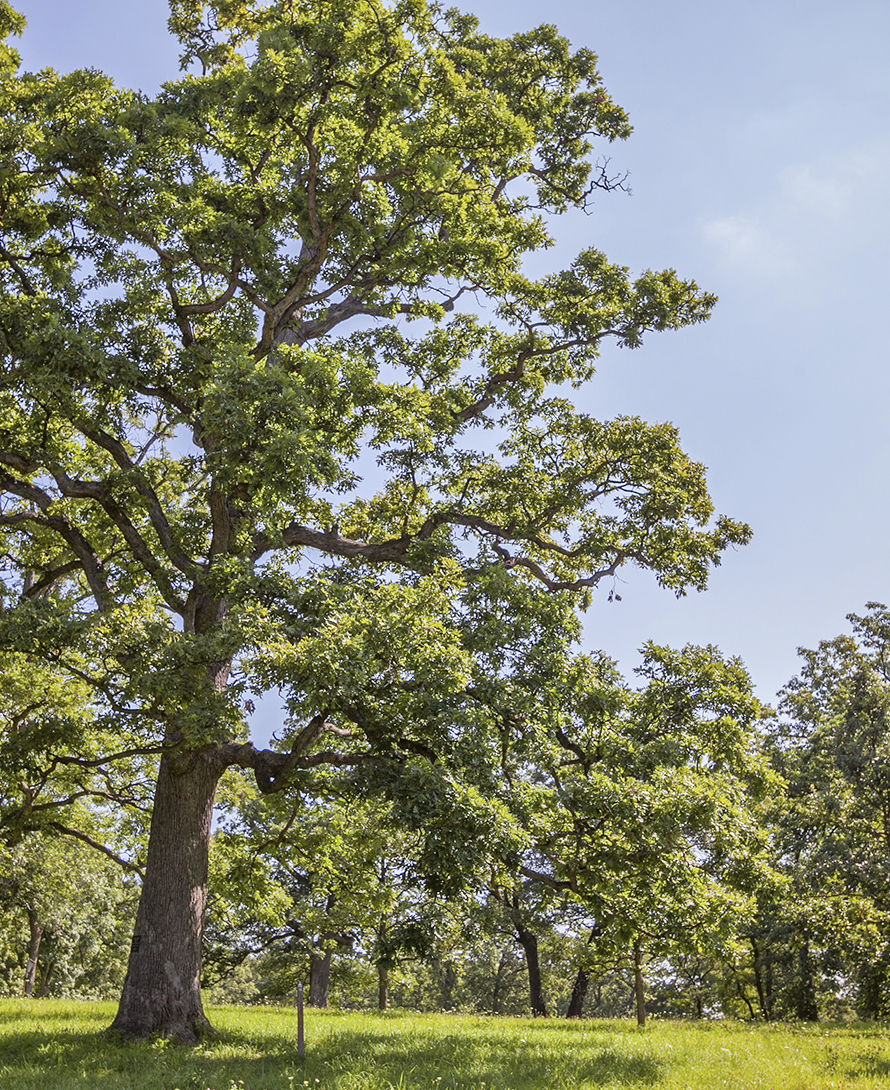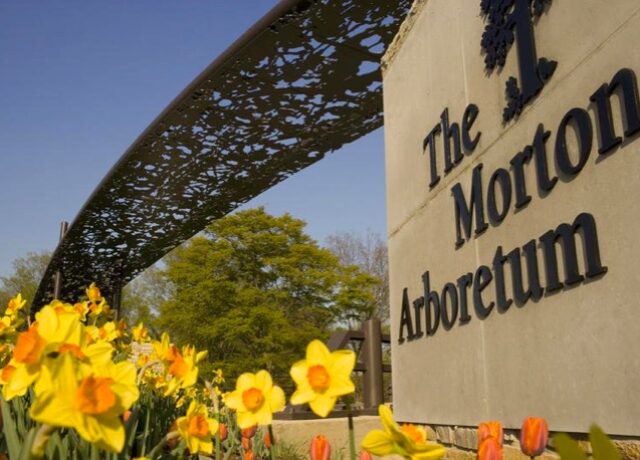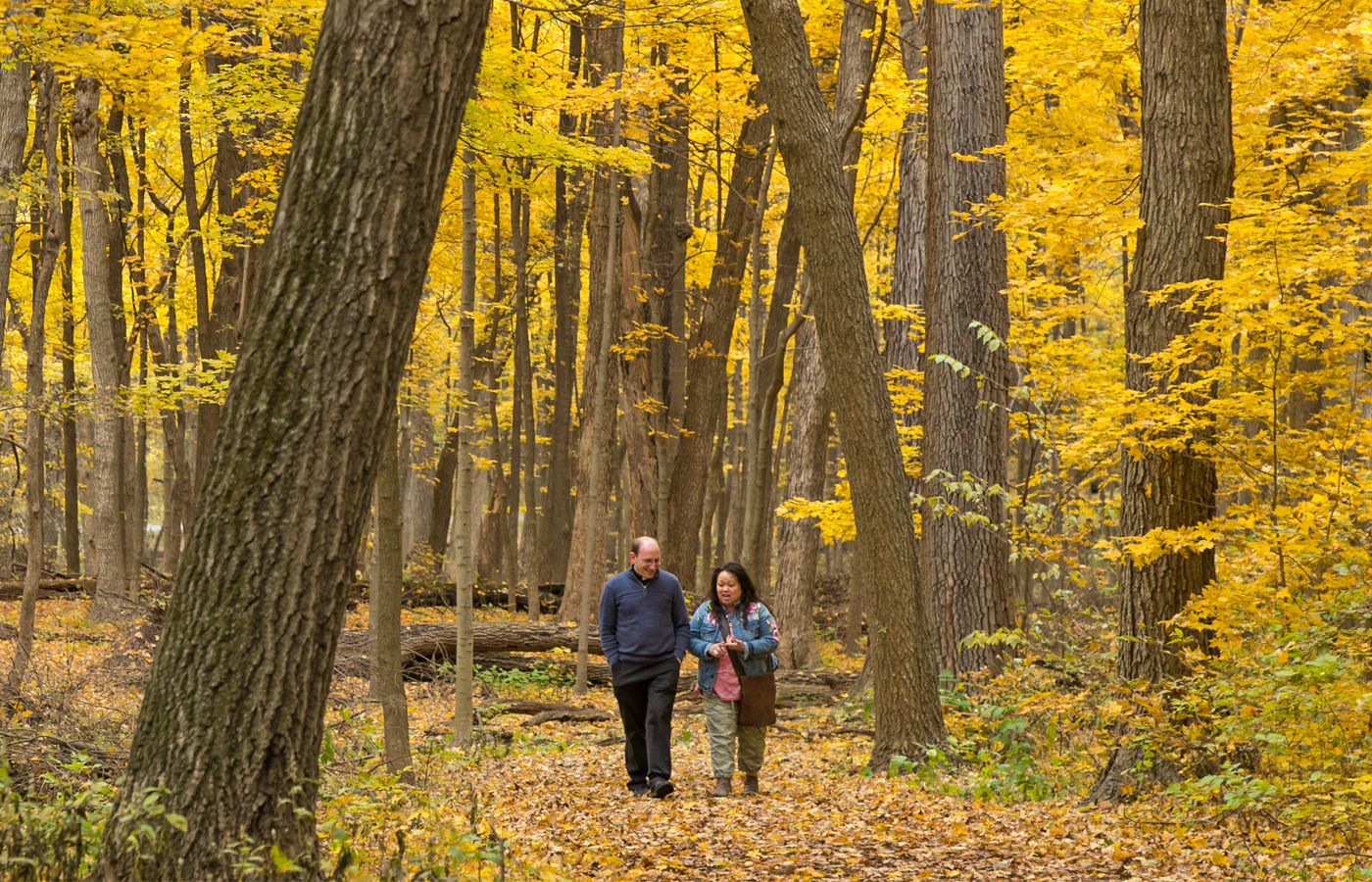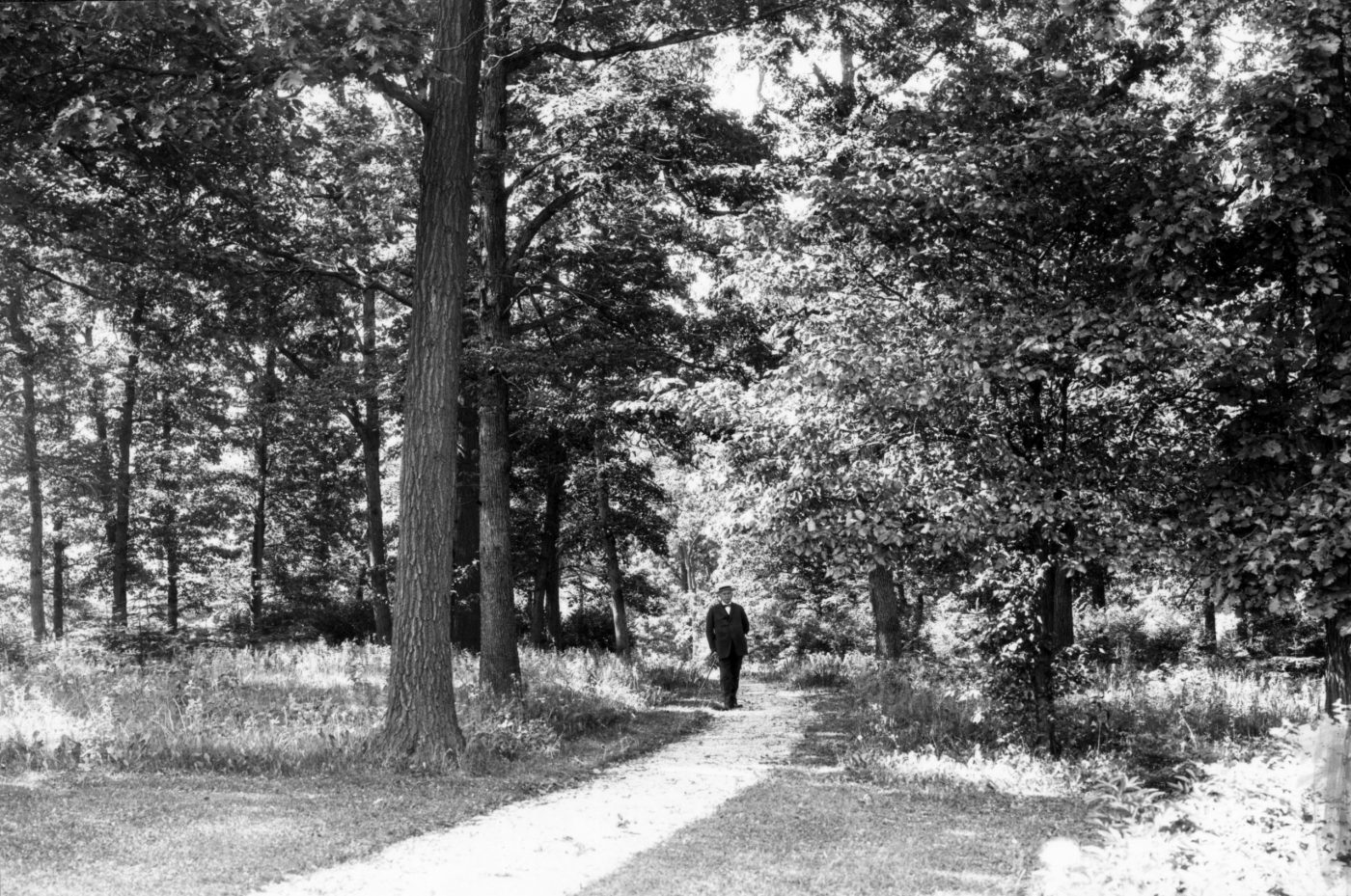Helping Trees Thrive
One in three trees worldwide is threatened with extinction, society faces the challenges brought on by climate destabilization, and we all rely on trees for a more resilient and sustainable future. To meet these challenges and create a better future for trees and people, the Arboretum conducts scientific research, working with a worldwide network of collaborators; builds public support and engagement with trees; helps communities plant and care for their tree canopies; and shares knowledge of trees and their ecosystems to address the impacts of climate change and biodiversity loss.





